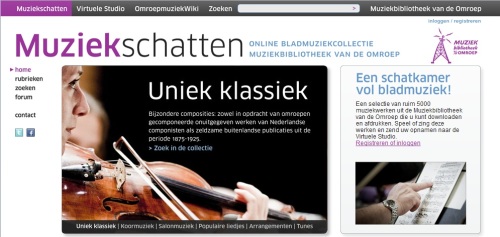Analysis of compositions has long been one of the mainstays of Western musicology. What, in turn, are the mainstays of analysis? We recently checked RILM’s database to see which works have inspired the largest numbers of analytical studies.
The hands-down winner is Bach’s Das wohltemperierte Klavier, BWV 846–93, with 112 analyses—perhaps not terribly surprising since the work comprises 48 preludes and fugues, some of which are fiendishly complex. The rest of the top ten are:
2. Wagner’s Tristan und Isolde (75 analytical studies)
3. Debussy’s Préludes (45)
4. Bach’s Die Kunst der Fugue, BWV 1080 (31)
5. Wagner’s Der Ring des Nibelungen (29)
6. Beethoven’s symphony no. 9, op. 125 (29)
7. Schoenberg’s Pierrot lunaire, op. 21 (27)
8. Mozart’s symphony no. 40, K.550 (26)
9. Stravinsky’s Le sacre du printemps (23)
10. Schubert’s Die Winterreise, D. 911 (22)
Above, part of the manuscript for Das wohltemperierte Klavier.













